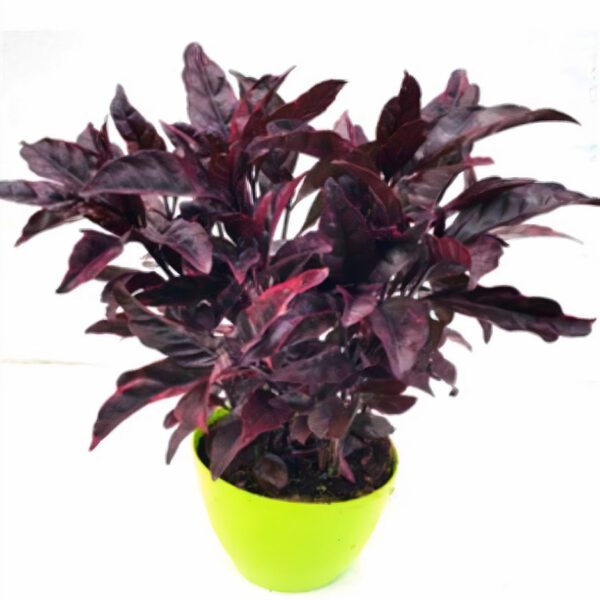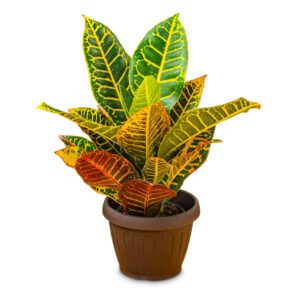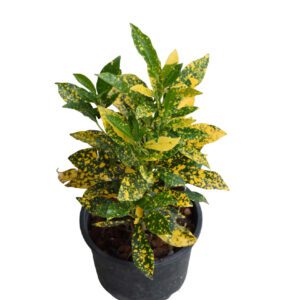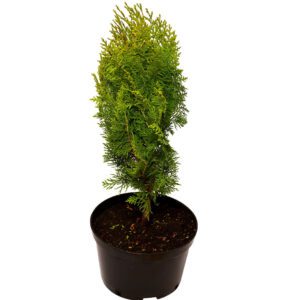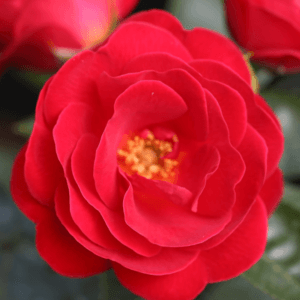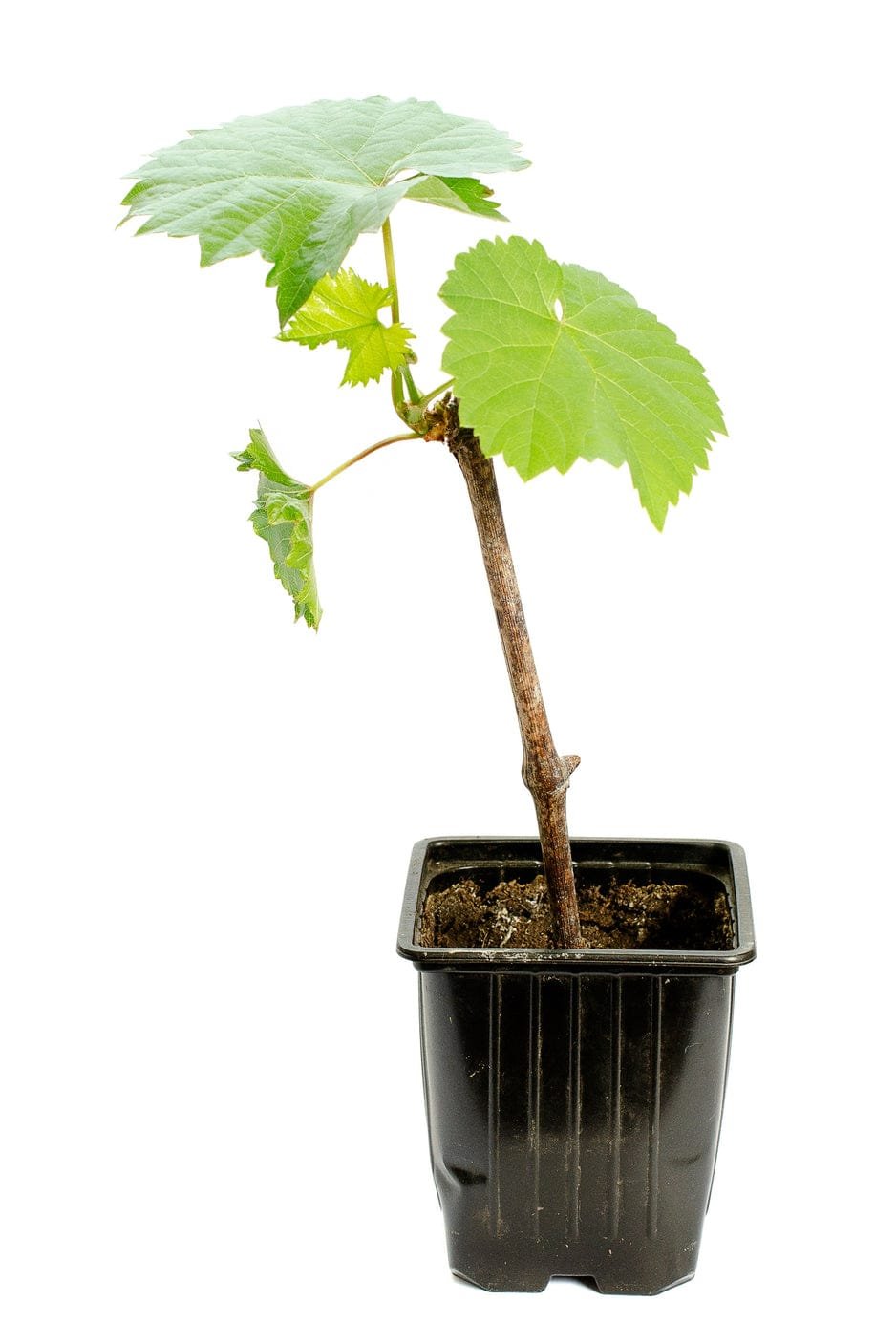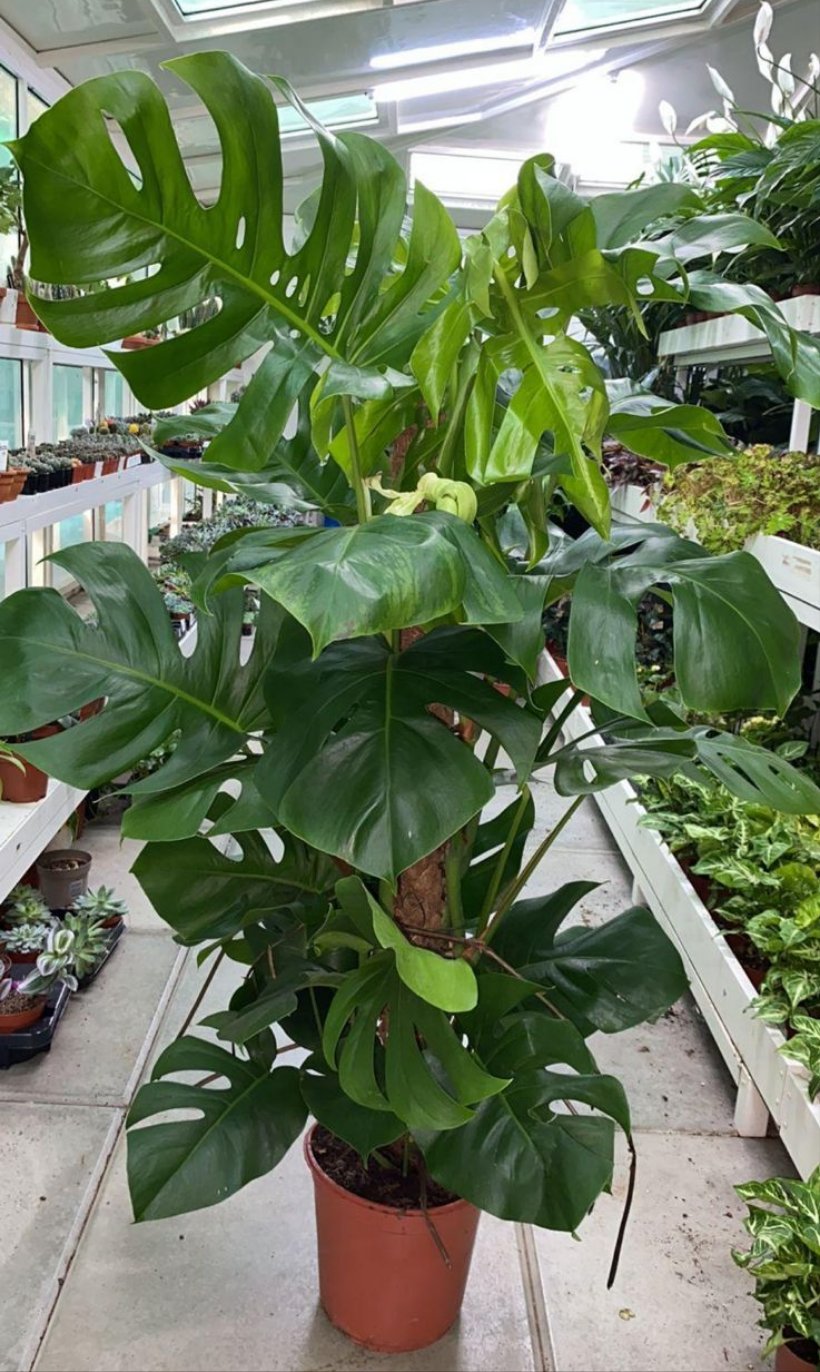Pseuderanthemum Carruthersii Var. Atropurpureum “Eranthemum”
Pseuderanthemum carruthersii var. atropurpureum, commonly referred to as “Eranthemum,” is a tropical shrub renowned for its stunning deep purple to almost black foliage.
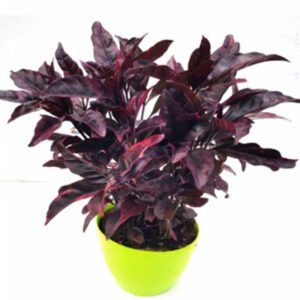
Pseuderanthemum Carruthersii Var. Atropurpureum “Eranthemum”
Description
It is part of the Acanthaceae family and is primarily cultivated for its ornamental value due to its vibrant, colorful leaves.
- Leaves: The broad, elliptical leaves are the star attraction, varying from rich purple to dark maroon, sometimes with a glossy sheen. The intense leaf color provides a dramatic contrast in gardens or containers.
- Flowers: Although the plant does produce flowers, they are relatively insignificant compared to its leaves. The small, tubular flowers are usually white or pale pink, blooming sporadically.
- Height: This shrub typically grows between 3 to 6 feet (1 to 1.8 meters) tall, depending on growing conditions.
- Origin: Native to tropical regions, it is often seen in gardens in warm climates but can also be grown indoors.
Plant Care for Pseuderanthemum carruthersii var. atropurpureum “Eranthemum”
1. Light:
- Eranthemum thrives in partial shade to full sun. However, too much direct sunlight may cause leaf burn, while too much shade may result in the loss of its deep purple color, turning the leaves greenish. Bright, indirect light is ideal.
2. Temperature:
- As a tropical plant, it prefers temperatures between 60-85°F (16-29°C). Avoid temperatures below 50°F (10°C), as cold weather can damage the plant.
3. Watering:
- Keep the soil moist but not waterlogged. Water regularly, allowing the top inch of soil to dry out between waterings. Overwatering can lead to root rot, while underwatering may cause leaf drop.
4. Humidity:
- High humidity is ideal, especially if grown indoors. Misting the plant or placing it near a humidity tray can help it thrive in dry climates.
5. Soil:
- Use a well-draining potting mix, such as one formulated for tropical plants. The soil should retain moisture but allow excess water to drain away to avoid soggy roots.
6. Fertilization:
- Feed the plant with a balanced liquid fertilizer every 4-6 weeks during the growing season (spring and summer). Reduce feeding in the fall and stop altogether in winter when growth slows.
7. Pruning:
- Regular pruning encourages bushier growth and helps maintain its shape. Remove any dead or yellowing leaves, as well as leggy stems, to promote healthy, dense foliage.
8. Repotting:
- If grown in containers, repot the plant every 2-3 years or when the roots outgrow the pot. Use fresh soil to ensure proper drainage and nutrient availability.
9. Pest Control:
- Keep an eye out for common pests like aphids, spider mites, or scale insects. If pests are detected, treat the plant with insecticidal soap or neem oil.
10. Propagation:
- Eranthemum can be propagated by stem cuttings. Take a cutting from a healthy plant, remove the lower leaves, and place it in water or moist soil to encourage rooting.
By providing the right conditions, Eranthemum can reward you with vibrant foliage that adds depth and interest to both indoor and outdoor spaces.
Additional Information
| Size | 30cm – 50cm |
|---|
Disclaimer
The image displayed is for reference only. The actual product may differ in shape, appearance, climate, age, height, and other factors. Plants will be delivered in plastic pots unless the customer explicitly selects a different pot option.
All information provided is shared in good faith. However, we make no representations or warranties of any kind, express or implied, regarding the accuracy, adequacy, validity, reliability, availability, or completeness of the information on this site.

